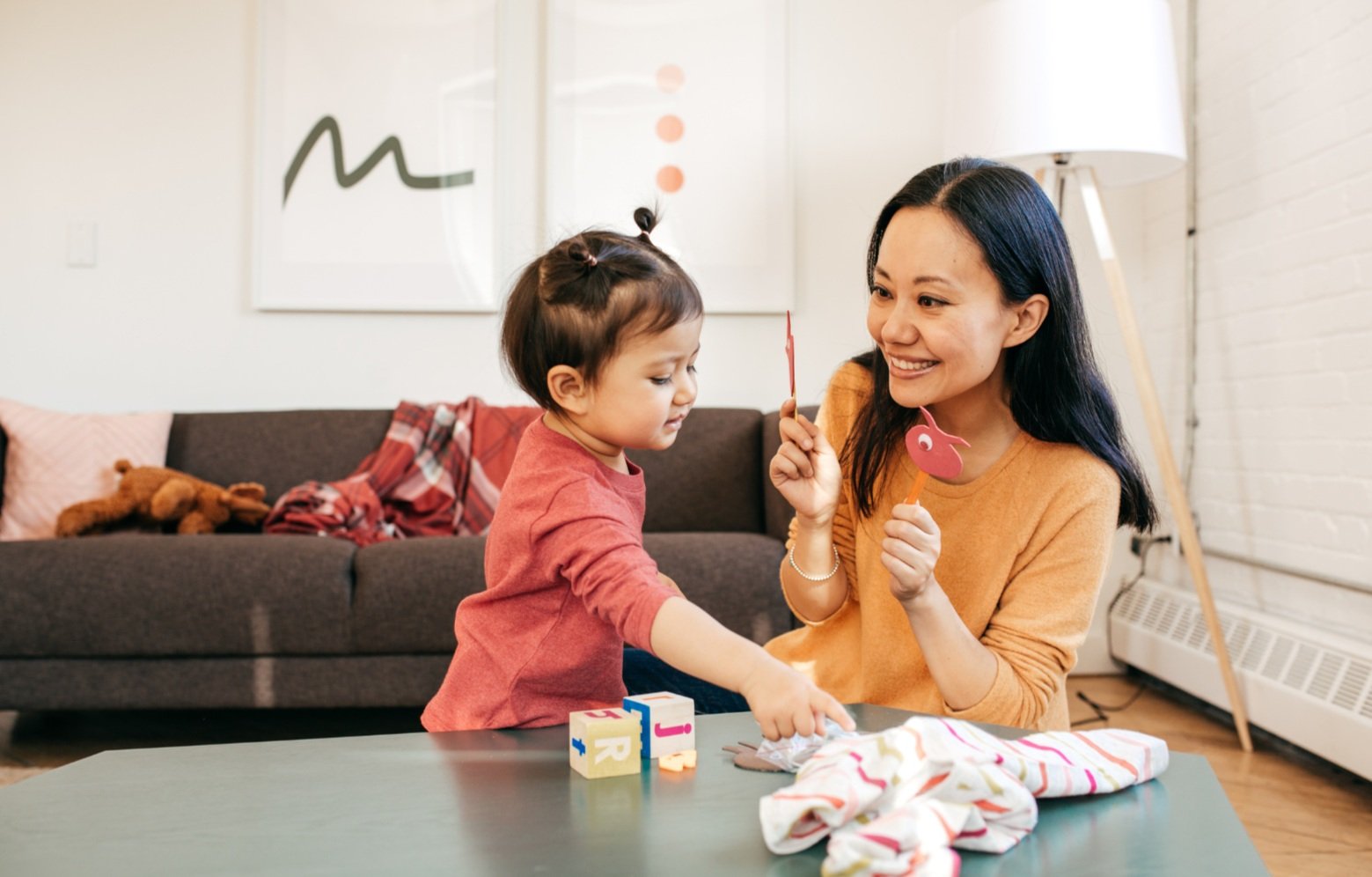Mind-Body Connection
By: Kim Hedaya, LCAT
As a dance/movement therapist, I often focus on what’s happening on a body level, in addition to what might be occurring emotionally. Children sometimes don’t know, have, or want to find the words to express their feelings. They might not say they’re angry, but they may feel their heart racing and feel the urge to hit something. They might not say they’re anxious or nervous, but their stomach could ache. They may not express excitement with words, but their energy might burst through as they interact with others. We all unconsciously observe bodily cues as a way to gauge what others are feeling. These body sensations are powerful entry points to understanding our minds and emotions.
While children are often taught to take care of their bodies and minds separately, the inextricable link between the two often goes unexplored. Helping kids become more attuned to what’s happening in their bodies can lead to deeper insight into their emotions. Strengthening the mind-body connection enables children to better regulate their emotions, access effective coping skills, and improve their overall well-being.
Here are some ways you can help children build a stronger mind-body connection:
Label the feeling and what you're observing in their bodies.
Parents are often encouraged to help their child label their feelings to build their emotional vocabulary. It can be even more helpful to attach the body sensations you're observing, as well as the ones they may be feeling internally, to more fully grasp what this feeling looks and feels like. This practice is beneficial both in the moment and when you’re revisiting past experiences.Play feeling charades.
Acting out emotions is a fun and engaging way for children to practice identifying how feelings manifest in their bodies without using words. This game also highlights that emotions can be felt throughout the entire body, not just through facial expressions. You can use a feelings chart or an emotions wheel as a reference to explore different emotions together.Draw a body map.
Visual art is another nonverbal tool to explore emotions. For a body map, print out an outline of a body, draw one, or trace your child’s full body on large paper. Then, explore the feelings that arise and place them on the body. You can assign different colors to each feeling, wonder what that feeling might look like, and explore where that emotion tends to show up physically. If your child is reluctant to talk about their feelings, asking them to draw instead can provide a valuable outlet for expression.Encourage body-based coping strategies.
Empower your child with coping strategies that involve physical movement to help calm the mind. These can include taking deep breaths, going for a walk, stomping their feet, or shaking out their jitters. Many children instinctively know that moving their bodies helps regulate emotions. It’s also true that expressing their feelings can help their bodies feel better too!
Strengthening the mind-body connection is a fundamental aspect of emotional growth. By helping children become more aware of how their emotions show up in their bodies, we enable them to understand the physical and emotional cues that often accompany feelings. This not only helps them gain better insight into their own feelings, but also teaches them to recognize and validate the experiences of others. This deeper emotional awareness fosters empathy, emotional intelligence, and resilience. By nurturing the mind-body connection, we help children build a strong foundation for emotional well-being, empowering them with the tools they need to cope and thrive.
References
Nummenmaa, L., Glerean, E., Hari, R., & Hietanen, J. K. (2013). Bodily maps of emotions. Proceedings of the National Academy of Sciences, 111(2), 646–651. https://doi.org/10.1073/pnas.1321664111
Sheather, A. (2021, July 11). Body mapping: Connecting us to our emotions . ART in Coaching. https://www.artincoaching.co.uk/how-to/body-mapping-connecting-to-our-emotions
Vanbuskirk, S. (2021, July 16). Mina Lopato Nursery School. Mina Lopato Nursery School. https://minalopato.co.za/keep-me-posted/how-to-teach-your-child-about-the-mind-body-connection

